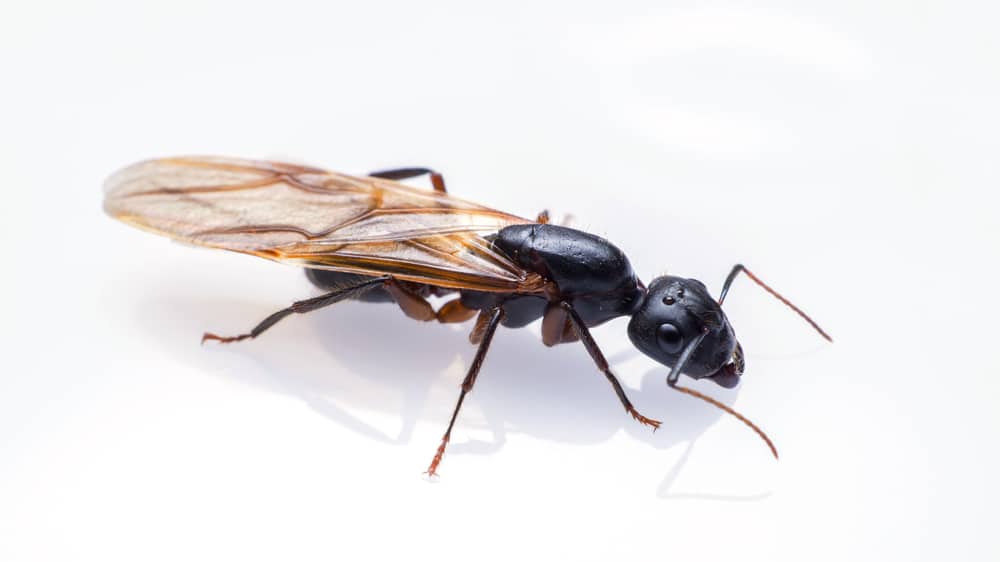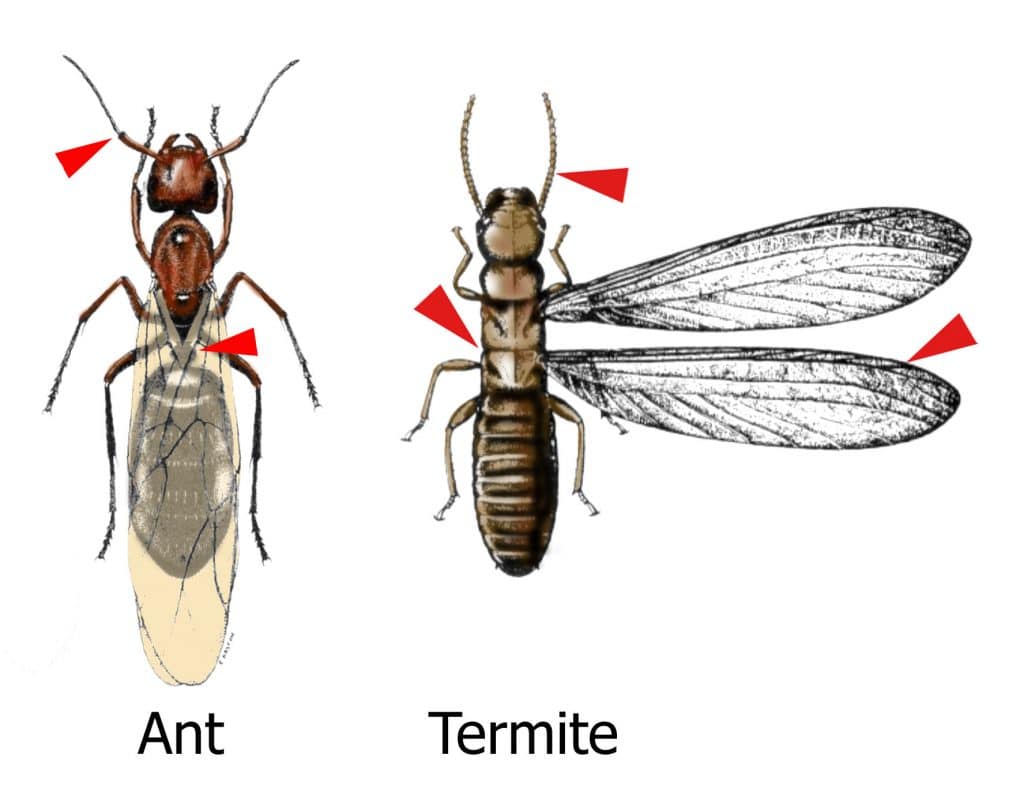Just when you thought ants couldn’t be any more of a pain, enter the flying ant. Yes, an ant that has wings and flies. Sounds like fun, right? Not so much.
So, how about a little flying ant Q & A to get our flying ant juices flowing? Let’s do this thing.
Q: What is a flying ant?
A: Believe it or not, flying ants are just normal ants that happen to have wings. They aren’t anything special, as far as ants go, there’s nothing unique about them. Their wings are part of a developmental phase that all ant species go through. The wings signify that males and female ants have reached sexual maturity.
Q: What are flying ants doing when they take flight?
A: Winged ants take flight looking for love. Winged males and new queens of the same species swarm around doing what their fellow flying friends, the birds and bees do, which is mate so they can have little winged flying ant babies that will carry on their family names. Bom chicka wow wow!
Q: When are flying ants most active?
A: Flying ants are most active in the heat of the summer or when it gets really humid. Not having to worry about what the heat and humidity will do to their hair, they take to the warm summer skies looking for a hook-up.
Q: Are flying ants called anything besides flying ants?
A: Flying ants are also called “swarmers” and “alates.” The definition of a swarmer is a “winged insect that is produced by a colony of social insects for the purpose of establishing new nests,” and the word “alates” means something that has wings or wing-like structures. No matter what you call them, they are still ants with wings that are looking for love.
Q: Why do flying ants hang out in such large numbers?
A: Everything in nature seems to have a purpose, and the manner in which flying ants fly is no exception. We all know there is safety in numbers, and that is true for flying ants, too. Not only does it protect them from predators, but flying around in large groups also acts as a giant flying ant meat market as they search for a mate.
Q: Are flying ants dangerous?
A: Nope, not at all. Besides being frustratingly annoying and something you’d rather not have to look at, they are completely harmless. They cause no issues at all beyond annoyance.
Q: Do flying ants have any noteworthy qualities?
A: There are a few: Lady flying ants are bigger than male flying ants, measuring up to 15 millimeters in length, and the fact that after hooking up with their flying ant baby daddies, the queens chew off their wings and find a place to dig a new nest.
Q: What are flying ants most likely to be confused with?
A: Termites. If you want to get up close and personal, which most of us don’t, this bug blogger included, you’ll see that termites and flying ants both have four wings and antennae. The difference is that termite wings are all the same size, while the front wings of flying ants are usually longer than their back wings. Flying ants also have girly hourglass waistlines while termite bodies are pretty much straight up and down, with no curves.
Q: How do you get rid of flying ants?
A: Once you have determined that the winged pests are flying ants, there is work to be done. First off, get your vacuum out and get busy sucking up every flying ant that you can suck up. Be sure to empty your vacuum canister or, if you still have a vacuum from 1982, your vacuum bag, right after you are done.
Using sticky fly traps, like the ones found HERE, will also help with the swarming flying ants.
Setting up ant baits, like the ones found HERE have also been proven effective.
In addition, flying ant insecticides that offer a long residual, like the ones found HERE, have a proven success rate.
Not sure what option is best for you? Give us a call or send us a message, one of our highly trained professionals is available to help figure out what solution will best fit your needs. Just because the flying ants are looking for love, doesn’t mean your home has to be their breeding grounds. HowToPest.com can solve all of your flying ant problems, and the solution is only a click away!







